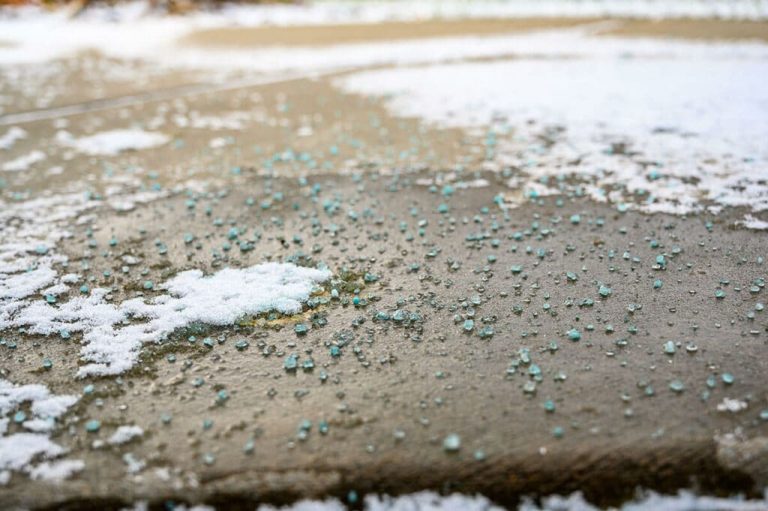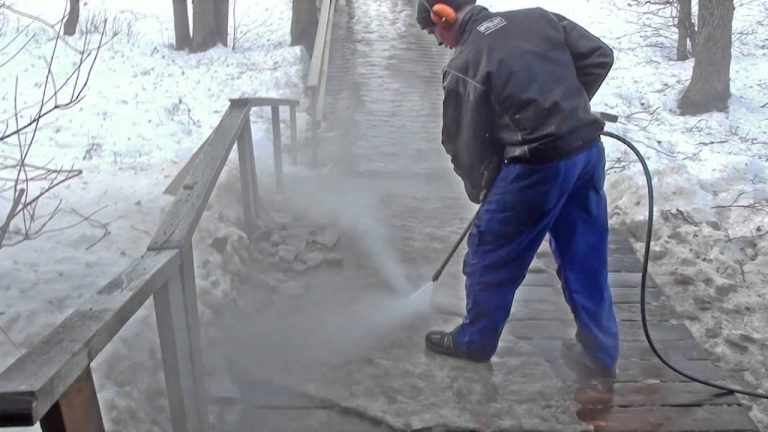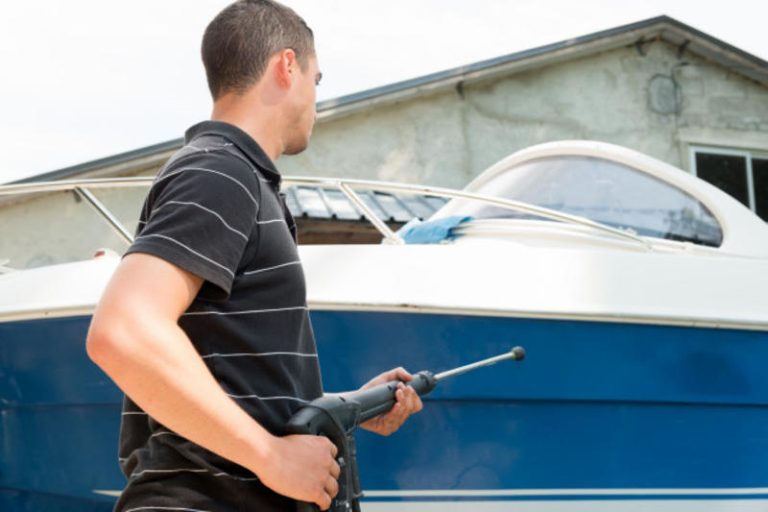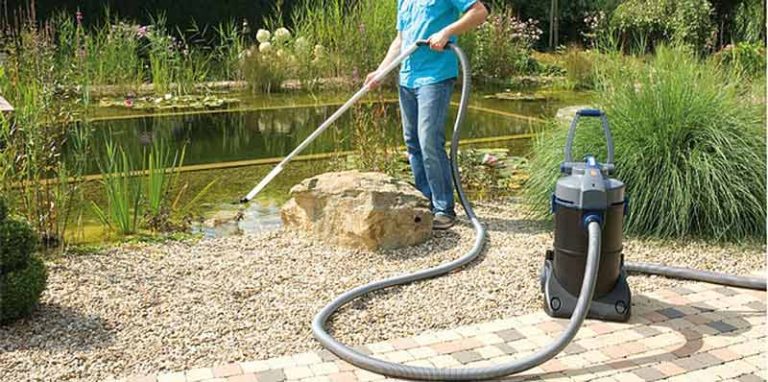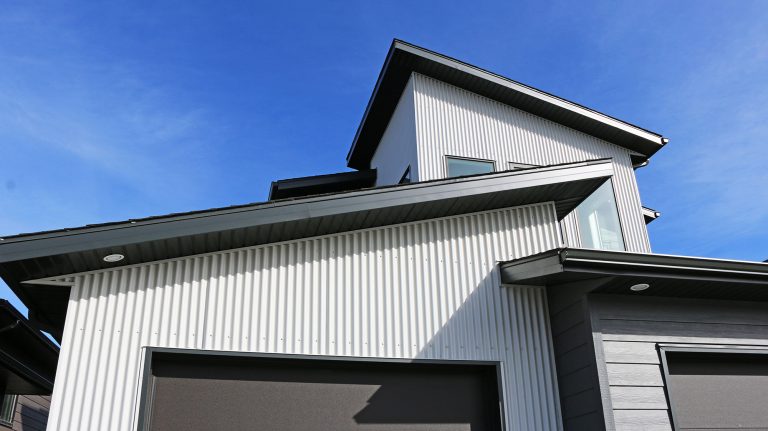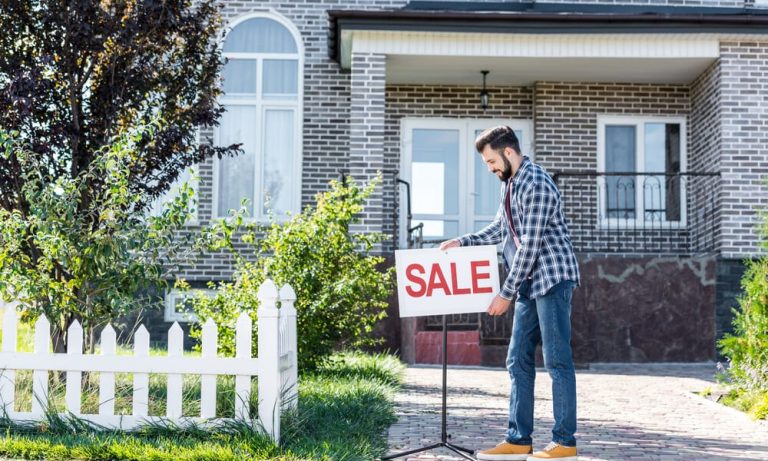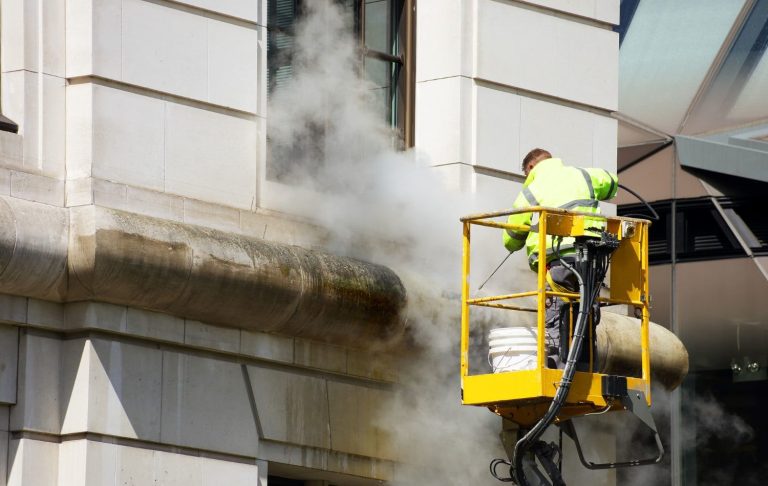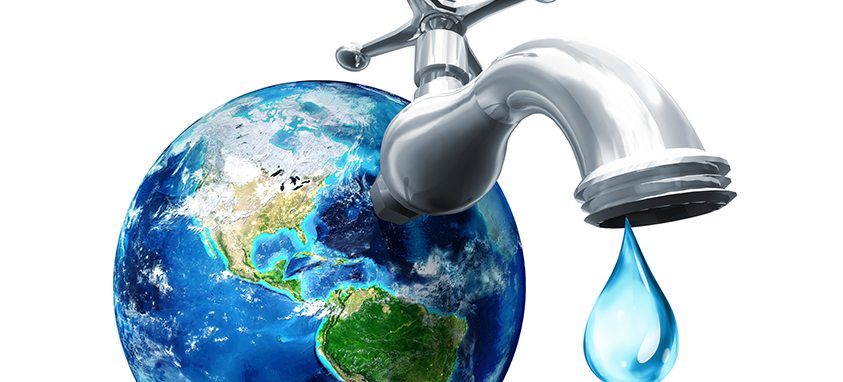
Pressure washing is one of the most effective ways to blast away dirt, grime, mold, and mildew from just about any outdoor surface. But let’s face it—it can use a lot of water. 😬 So if you’re eco-conscious 🌱 or simply looking to cut back on your water bill, you might be wondering: How can I reduce water usage while pressure washing?
Fortunately, there are several smart ways to be both clean and green. 🧼♻️ Whether you’re a homeowner, a contractor, or just renting a pressure washer for the weekend, these tips will help you conserve water without compromising results.
💡 How Much Water Does Pressure Washing Use?
Before we talk solutions, let’s understand the problem.
A typical residential pressure washer uses:
- 1.5 to 4 gallons per minute (GPM)
- Which means 90 to 240 gallons per hour 😮
In comparison, a regular garden hose can use up to 24 GPM—so yes, pressure washers are technically more water-efficient by default. But they still use plenty over time.
Now let’s explore how to dial that down. 🔧💧
✅ 1. Choose the Right Nozzle 🔄
The nozzle you use determines how concentrated and forceful your water stream is. A tighter spray cleans faster, which means less water used overall.
- Use 15° or 25° tips for tough surfaces
- Avoid overly wide nozzles (like 40°) for grime
- For soap or rinsing, switch to a low-pressure detergent nozzle
🎯 A more effective spray means fewer passes—and that equals less water.
✅ 2. Pick a Pressure Washer with a Lower GPM 🔢
Look at GPM (gallons per minute) when choosing or renting a machine. Lower GPM = less water used.
- 1.5–2.0 GPM is good for light home tasks
- 2.0–2.5 GPM balances cleaning speed and conservation
- Avoid 3.5+ GPM machines unless absolutely necessary
💡 Pro tip: Many newer electric models use less water than gas-powered ones.
Browse Amazon Here For Top Rated Power Washers And Accessories
✅ 3. Pre-Treat the Surface 🧴
Spraying chemicals or biodegradable detergent beforehand helps loosen dirt, allowing you to clean surfaces faster and with less water.
- Let it soak for 5–10 minutes
- Use a soft brush to agitate if needed
- Then rinse quickly using lower pressure
This method works great for:
- Driveways with oil stains
- Mildew-covered siding
- Dirty outdoor furniture
🧠 The less time you spend blasting, the less water you’ll waste.
✅ 4. Sweep or Brush First 🧹
One of the easiest ways to conserve water? Dry prep the area first.
- Sweep leaves, dirt, and loose debris
- Scrub tough spots manually (if possible)
- Use a shop vac for puddles or sediment
This reduces how much pressure washing is actually needed—so you don’t waste water removing something that a broom could’ve handled. 🚫🌊
✅ 5. Use Spot Cleaning Techniques 🎯
You don’t have to wash every square inch of a surface with equal pressure. Focus your energy (and water) where it’s needed most.
- Target stained or moldy areas first
- Use lower pressure for rinsing
- Turn off the washer while adjusting or repositioning
🔌 And always turn off the trigger when you’re not actively washing. Those “idle” minutes can add up fast.
✅ 6. Reuse or Reclaim Water Where Possible ♻️
If you’re in a commercial or drought-sensitive area, water reclamation might be an option.
- Set up a recovery mat and vacuum system
- Collect runoff in buckets or barrels
- Reuse greywater for plants or non-potable needs (if safe)
Some professional services even use filtration systems to clean and reuse water during jobs. 🌍
✅ 7. Time Your Jobs Wisely 🕒
The time of day matters!
- Avoid washing in peak sun, which dries surfaces faster and may require longer washing
- Early mornings or cloudy days reduce evaporation and improve chemical effectiveness
Less drying = less time spraying = less water used. ✅
✅ 8. Maintain Your Equipment 🧰
A faulty pressure washer can waste water due to leaks, poor spray pressure, or malfunctioning valves.
Make sure to:
- Check hoses and fittings for leaks
- Clean or replace clogged nozzles
- Keep filters and pumps in good shape
Regular maintenance = better performance and less waste.
✅ 9. Use Eco-Friendly, Efficient Techniques 🌿
Consider switching to:
- Soft washing for delicate areas (uses lower pressure + chemical solutions)
- Foam cannons or foam applicators to spread soap evenly
- Dual-action surface cleaners that clean larger areas faster
These methods improve efficiency and reduce how much water you need per square foot.
🌟 Final Thoughts
So—how can you reduce water usage while pressure washing?
It comes down to planning, precision, and proper equipment. Whether you’re washing a driveway, deck, patio, or siding, here’s a quick recap:
✅ Use the right nozzle
✅ Choose low GPM machines
✅ Pre-treat and sweep
✅ Target specific areas
✅ Turn off when not spraying
✅ Maintain your gear
✅ Explore water recovery systems
With these techniques, you’ll save water 💦, cut costs 💰, and still leave your surfaces sparkling clean ✨.
Browse Amazon Here For Top Rated Power Washers And Accessories
